Home>Furniture & Design>Outdoor Furniture>Why Are My Outdoor Ferns Turning Brown?
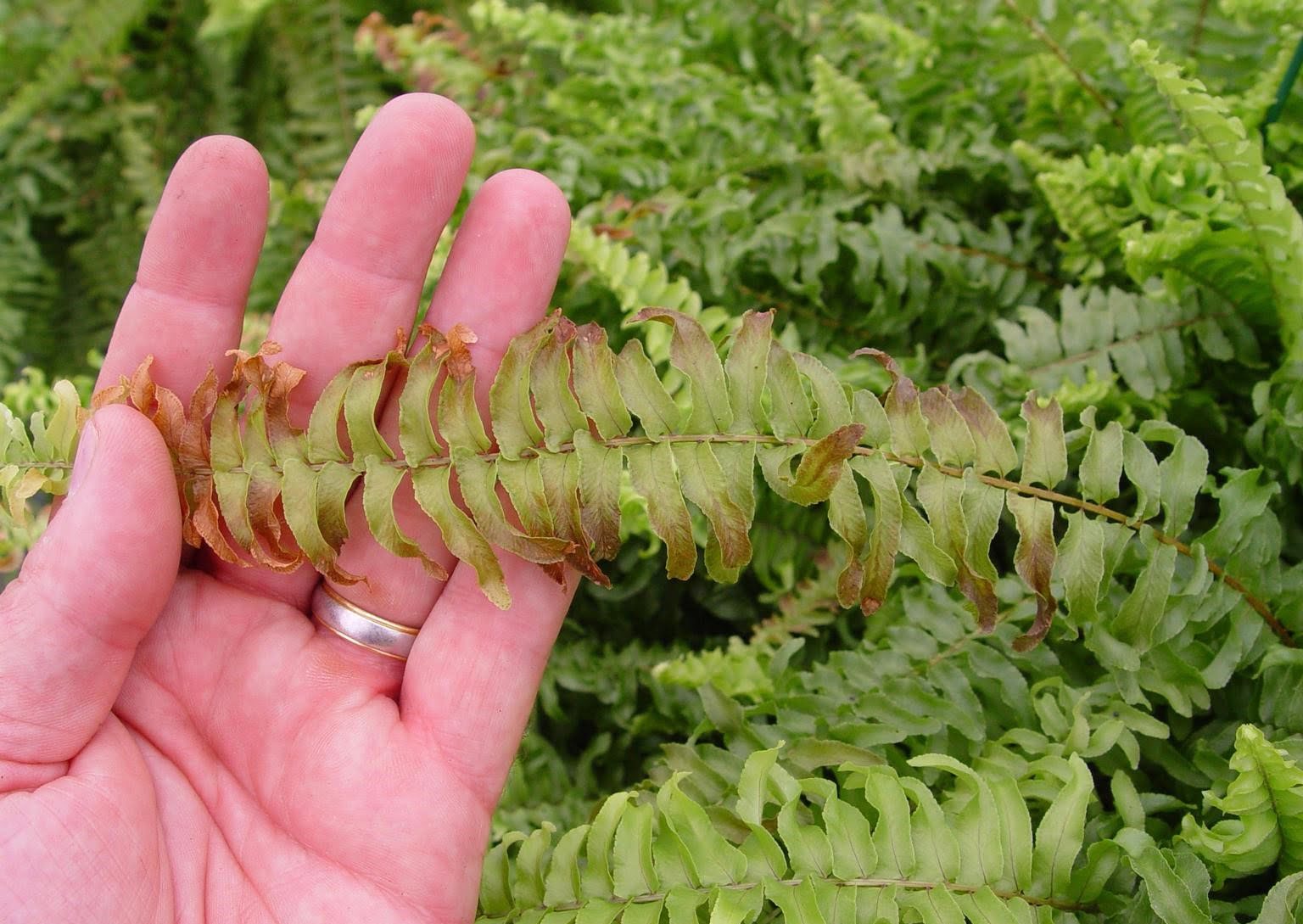

Outdoor Furniture
Why Are My Outdoor Ferns Turning Brown?
Modified: March 2, 2024
Discover the reasons behind your outdoor ferns turning brown and learn how to revive them. Get expert tips on outdoor furniture, design, and maintenance.
(Many of the links in this article redirect to a specific reviewed product. Your purchase of these products through affiliate links helps to generate commission for Storables.com, at no extra cost. Learn more)
Introduction
Welcome to the vibrant world of outdoor furniture and design! As you embark on this exciting journey, you'll discover the myriad of possibilities to transform your outdoor space into a captivating oasis. Whether you're a seasoned outdoor enthusiast or a newcomer to the realm of al fresco living, understanding the nuances of outdoor furniture, decor, and design is essential for creating a harmonious and inviting outdoor environment.
In this comprehensive guide, we'll delve into the captivating realm of outdoor furniture, exploring the latest trends, timeless classics, and innovative design concepts that will elevate your outdoor living experience. From chic patio sets to cozy loungers, we'll unravel the art of selecting the perfect outdoor furniture pieces that seamlessly blend style, comfort, and durability. Additionally, we'll uncover the secrets of outdoor decor, from striking accessories to enchanting lighting options that add an enchanting touch to your outdoor sanctuary.
Beyond aesthetics, we'll also delve into the practical aspects of outdoor furniture and design, shedding light on the importance of weather-resistant materials, maintenance tips, and space optimization strategies. You'll gain valuable insights into maximizing your outdoor space, whether it's a sprawling garden, a petite balcony, or a charming terrace, ensuring that every nook and cranny becomes a delightful extension of your indoor living space.
Join us on this immersive exploration of outdoor furniture and design, where creativity, functionality, and style converge to inspire your outdoor escapades. Let's embark on this enriching journey, unlocking the boundless potential of outdoor living and design.
Key Takeaways:
- Outdoor ferns turn brown due to environmental stress, watering issues, soil problems, pests, diseases, and lack of nutrients. Understanding and addressing these factors are crucial for maintaining their vibrant allure.
- To keep outdoor ferns healthy and green, provide shade from intense sunlight, avoid overwatering, ensure well-draining soil, prevent pests and diseases, and address nutrient deficiencies. These steps will help preserve their lush foliage.
Environmental Stress
Outdoor ferns are renowned for their lush green foliage and captivating fronds that add a touch of elegance to any garden or patio. However, despite their resilience, outdoor ferns can succumb to environmental stress, leading to unsightly browning of their leaves. Understanding the potential sources of environmental stress is crucial for preserving the health and vibrancy of your cherished ferns.
Excessive exposure to direct sunlight can trigger environmental stress in outdoor ferns, causing their delicate leaves to turn brown and brittle. While ferns thrive in dappled shade or filtered light, prolonged periods of intense sunlight can disrupt their photosynthetic processes, leading to dehydration and leaf discoloration. To mitigate this issue, consider relocating your ferns to a shaded area that offers protection from the harsh midday sun.
Furthermore, extreme temperatures, particularly frost and heatwaves, can exert considerable stress on outdoor ferns, resulting in leaf browning and wilting. During the colder months, frost can damage the tender fronds of ferns, leading to unsightly brown patches. Conversely, scorching temperatures can accelerate moisture loss in ferns, causing their leaves to wither and turn brown. Implementing protective measures, such as mulching and providing adequate insulation during winter, can shield your ferns from the detrimental effects of frost. Additionally, regular watering and the strategic placement of shade cloths can safeguard ferns from the ravages of excessive heat.
Environmental stressors, such as air pollution and strong winds, can also impact the health of outdoor ferns, manifesting as browning and stunted growth. Airborne pollutants can compromise the respiratory functions of ferns, impeding their ability to thrive and maintain vibrant foliage. Similarly, relentless winds can desiccate the delicate fronds of ferns, leading to desiccation and browning. By situating your ferns in sheltered areas and implementing air-purifying strategies, such as installing natural barriers or utilizing air-purifying plants, you can mitigate the adverse effects of environmental stress on your beloved ferns.
By recognizing and addressing the various sources of environmental stress, you can safeguard your outdoor ferns from the perils of browning leaves, ensuring that they flourish in a nurturing and harmonious environment.
Watering Issues
Proper watering is essential for maintaining the health and vibrancy of outdoor ferns, and deviations from the ideal watering regimen can precipitate browning of their delicate foliage. Overwatering, a common pitfall for fern enthusiasts, can inundate the root system, leading to oxygen deprivation and root rot. As a result, the fronds of outdoor ferns may exhibit signs of distress, including browning and wilting. To prevent overwatering, ensure that the soil is well-draining and avoid waterlogging, especially during periods of high precipitation or excessive irrigation.
Conversely, underwatering can also engender leaf browning in outdoor ferns, as insufficient moisture impedes their physiological processes, resulting in desiccation and discoloration. To ascertain the water needs of your ferns, monitor the moisture levels of the soil regularly, adjusting your watering frequency based on environmental conditions and the specific requirements of your fern species. Implementing a consistent watering schedule, preferably during the cooler hours of the day, can help maintain optimal soil moisture without subjecting the ferns to waterlogged or parched conditions.
When watering outdoor ferns, it’s imperative to direct the water towards the base of the plants, enabling the roots to absorb moisture efficiently. Avoid wetting the foliage excessively, as prolonged dampness can predispose the ferns to fungal infections and browning of the leaves. Additionally, consider utilizing rainwater or distilled water for watering, especially if your region has hard water with high mineral content, as excessive mineral accumulation in the soil can impede nutrient uptake and contribute to leaf discoloration.
Implementing mulching around outdoor ferns can aid in moisture retention, reducing the frequency of watering while maintaining consistent soil moisture levels. Organic mulches, such as shredded bark or compost, not only conserve moisture but also contribute to the enrichment of the soil, fostering a conducive environment for healthy fern growth.
By mastering the art of proper watering and vigilantly attending to the moisture needs of your outdoor ferns, you can thwart the onset of leaf browning and nurture flourishing, verdant fronds that adorn your outdoor sanctuary.
Soil Problems
The composition and quality of the soil play a pivotal role in the overall well-being of outdoor ferns, and soil-related issues can manifest as unsightly browning of their foliage. Acidic or alkaline soil conditions can disrupt the nutrient absorption capabilities of ferns, leading to nutrient deficiencies and leaf discoloration. Conducting a soil pH test can provide valuable insights into the acidity or alkalinity of the soil, enabling you to make informed amendments to rectify imbalanced conditions.
Furthermore, compacted soil can impede the aeration and drainage essential for healthy root development, culminating in diminished vitality and browning of fern leaves. To alleviate soil compaction, gentle cultivation and the incorporation of organic matter, such as compost or peat moss, can enhance soil structure and promote optimal root growth. Additionally, mulching the soil surface can mitigate compaction while fostering a conducive environment for the proliferation of beneficial soil organisms that contribute to soil aeration and nutrient cycling.
Poor drainage resulting from clayey or waterlogged soil can exacerbate the susceptibility of outdoor ferns to leaf browning, as stagnant water hampers root respiration and fosters anaerobic conditions detrimental to plant health. Implementing raised beds or mounds, amending the soil with coarse sand or perlite, and installing drainage systems can ameliorate drainage issues, safeguarding the vigor and lushness of outdoor ferns.
Inadequate soil nutrition can also precipitate leaf browning in outdoor ferns, as deficiencies in essential macronutrients and micronutrients compromise their physiological functions. Conducting a soil analysis can unveil nutrient deficiencies, guiding the application of targeted fertilization to rectify imbalances and foster robust fern growth. Utilizing organic fertilizers or slow-release formulations tailored to the specific requirements of ferns can replenish depleted nutrients, revitalizing the verdant allure of their foliage.
By addressing soil-related challenges through strategic soil amendments, diligent cultivation practices, and targeted fertilization, you can fortify the foundation upon which your outdoor ferns thrive, ensuring that they adorn your outdoor haven with luxuriant, vibrant fronds.
Make sure your outdoor ferns are getting enough water, but not too much. Brown leaves can be a sign of both underwatering and overwatering. Check the soil moisture regularly and adjust your watering schedule accordingly.
Pests and Diseases
Outdoor ferns, with their luxuriant foliage and graceful fronds, are not immune to the perils posed by pests and diseases, which can precipitate distressing browning of their leaves. Fungal infections, such as leaf spot diseases caused by pathogens like Cercospora and Septoria, can manifest as conspicuous brown lesions on the fronds of outdoor ferns, compromising their aesthetic appeal and vitality. Implementing preventive measures, such as ensuring proper air circulation and promptly removing infected foliage, can mitigate the spread of fungal diseases, preserving the resplendent allure of your cherished ferns.
Additionally, pests such as spider mites and aphids can inflict damage on outdoor ferns, leading to leaf browning and distortion. These diminutive assailants sap the vital juices from the foliage of ferns, impeding their photosynthetic capabilities and fostering conditions conducive to leaf browning. Vigilant monitoring and the judicious application of natural predators or horticultural oils can thwart pest infestations, safeguarding the exuberance and verdancy of outdoor ferns.
Furthermore, nematode infestations can compromise the root health of outdoor ferns, impeding their capacity to absorb water and nutrients, thereby precipitating leaf browning and diminished vigor. Implementing soil solarization and utilizing nematode-resistant fern varieties can mitigate the detrimental impact of nematodes, fortifying the resilience of outdoor ferns against subterranean adversaries.
To fortify the natural defenses of outdoor ferns against pests and diseases, consider bolstering their vitality through optimal cultural practices, including adequate spacing to facilitate air circulation, prudent watering to prevent waterlogged conditions, and the removal of debris that can harbor pathogens and pests. Additionally, fostering a biodiverse environment by incorporating pest-resistant companion plants can engender a natural balance that deters pest incursions and fortifies the robustness of outdoor ferns.
By remaining vigilant against potential pest and disease threats and implementing proactive measures to fortify the natural defenses of outdoor ferns, you can preserve the resplendent allure of their foliage, ensuring that they flourish in a nurturing and harmonious outdoor setting.
Lack of Nutrients
The lush fronds of outdoor ferns exude an enchanting allure, but their vibrancy can wane in the absence of essential nutrients, leading to distressing browning of the foliage. Nutrient deficiencies, particularly in vital macronutrients such as nitrogen, phosphorus, and potassium, can impede the physiological processes of outdoor ferns, culminating in diminished vigor and unsightly leaf discoloration.
Nitrogen deficiency, characterized by stunted growth and pale foliage, can manifest as browning of the lower fronds in outdoor ferns, signaling the need for nitrogen supplementation to reinvigorate their verdant allure. Implementing a balanced, slow-release nitrogen fertilizer tailored to the specific requirements of ferns can rectify nitrogen deficiencies, fortifying their vitality and restoring the luxuriant green hue to their foliage.
Likewise, phosphorus deficiency can precipitate leaf browning in outdoor ferns, as phosphorus plays a pivotal role in energy transfer and root development. Addressing phosphorus deficiencies through the application of phosphorus-rich organic fertilizers or bone meal can revitalize the vigor of outdoor ferns, fostering robust growth and vibrant fronds that embellish your outdoor sanctuary.
Potassium, essential for enzyme activation and stress tolerance, is indispensable for the well-being of outdoor ferns, and deficiencies can manifest as browning and curling of the fronds. Supplementing the soil with potassium-rich fertilizers, such as potassium sulfate or wood ash, can rectify potassium deficiencies, bolstering the resilience and verdancy of outdoor ferns.
Furthermore, micronutrient deficiencies, such as iron and magnesium deficiencies, can engender leaf browning in outdoor ferns, detracting from their captivating allure. Implementing targeted foliar applications of chelated micronutrients or incorporating micronutrient-rich amendments into the soil can rectify deficiencies, revitalizing the foliage of outdoor ferns and imbuing them with a lush, verdant vibrancy.
By recognizing the nuanced signs of nutrient deficiencies and implementing targeted fertilization strategies tailored to the specific requirements of outdoor ferns, you can fortify their vitality and ensure that their foliage flourishes with resplendent verdancy, adorning your outdoor haven with timeless elegance.
Conclusion
As we conclude our immersive exploration of outdoor furniture, decor, and design, we’ve embarked on a captivating journey that has unveiled the myriad facets of al fresco living. From the allure of chic patio sets to the enchanting radiance of outdoor lighting, we’ve delved into the art of transforming outdoor spaces into captivating havens that beckon relaxation and conviviality.
Throughout our odyssey, we’ve unraveled the nuances of environmental stress, watering intricacies, soil dynamics, pest and disease challenges, and the pivotal role of nutrients in preserving the resplendent allure of outdoor ferns. By navigating these intricacies with knowledge and insight, we’ve fortified our understanding of the holistic care required to nurture the verdant fronds of outdoor ferns, ensuring that they thrive as captivating embellishments in our outdoor sanctuaries.
As we embrace the enchanting realm of outdoor furniture and design, let our newfound wisdom guide us in curating outdoor spaces that harmonize functionality, style, and enduring allure. Whether it’s the timeless elegance of wrought iron furniture or the contemporary chic of rattan pieces, our outdoor enclaves are poised to become captivating extensions of our indoor living spaces, inviting us to bask in the splendor of nature’s embrace.
As we bid adieu to this enriching expedition, let us carry forth the wisdom gleaned and infuse our outdoor escapades with creativity, vitality, and a profound appreciation for the transformative power of outdoor furniture and design. With each season, our outdoor sanctuaries stand ready to evolve, enchant, and beckon us to revel in the boundless beauty of al fresco living.
May our outdoor spaces become veritable canvases for self-expression, convivial gatherings, and serene retreats, where the allure of outdoor furniture and design converges with the timeless splendor of nature, inspiring moments of tranquility, conviviality, and enduring enchantment.
Frequently Asked Questions about Why Are My Outdoor Ferns Turning Brown?
Was this page helpful?
At Storables.com, we guarantee accurate and reliable information. Our content, validated by Expert Board Contributors, is crafted following stringent Editorial Policies. We're committed to providing you with well-researched, expert-backed insights for all your informational needs.
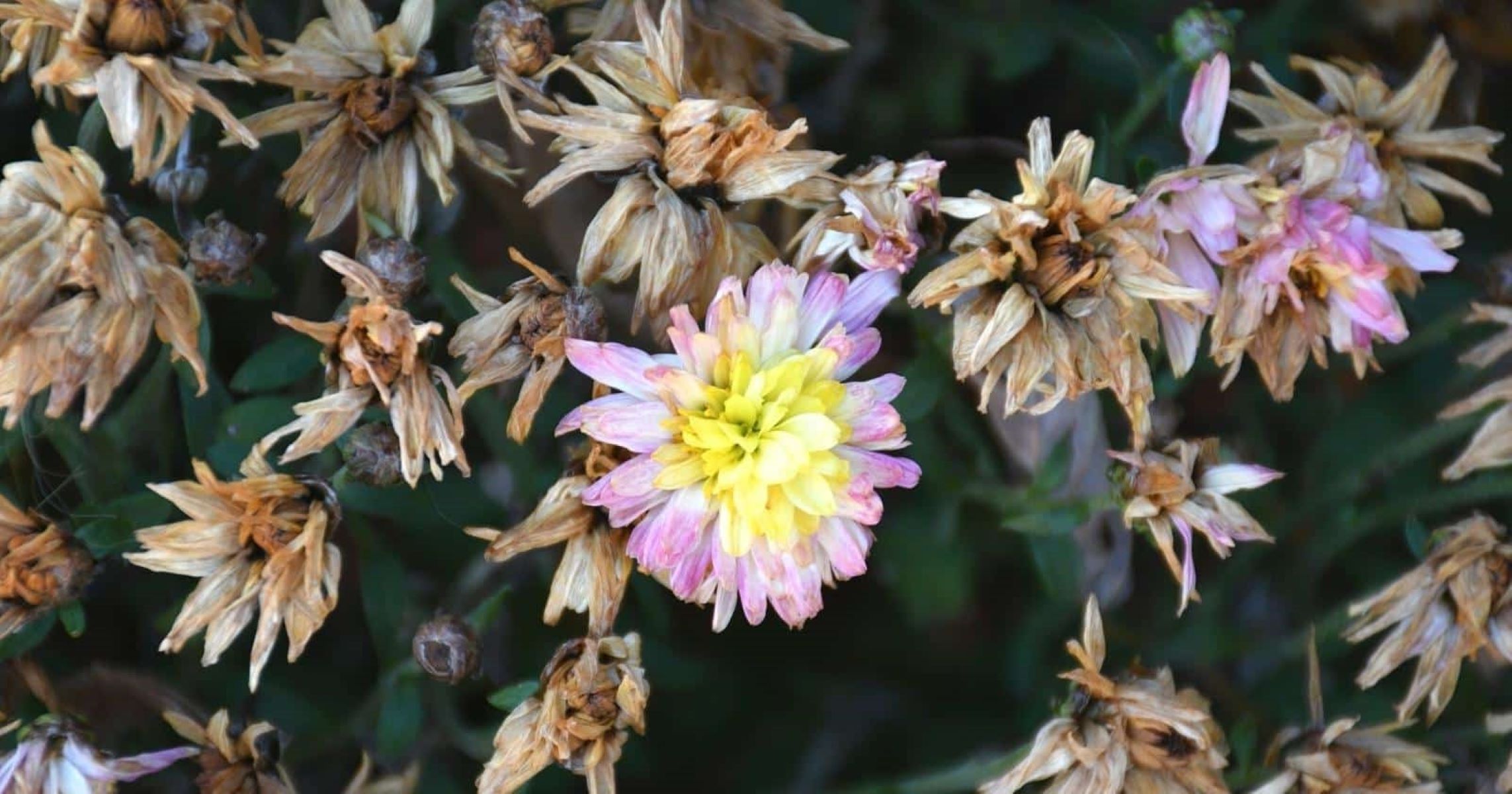
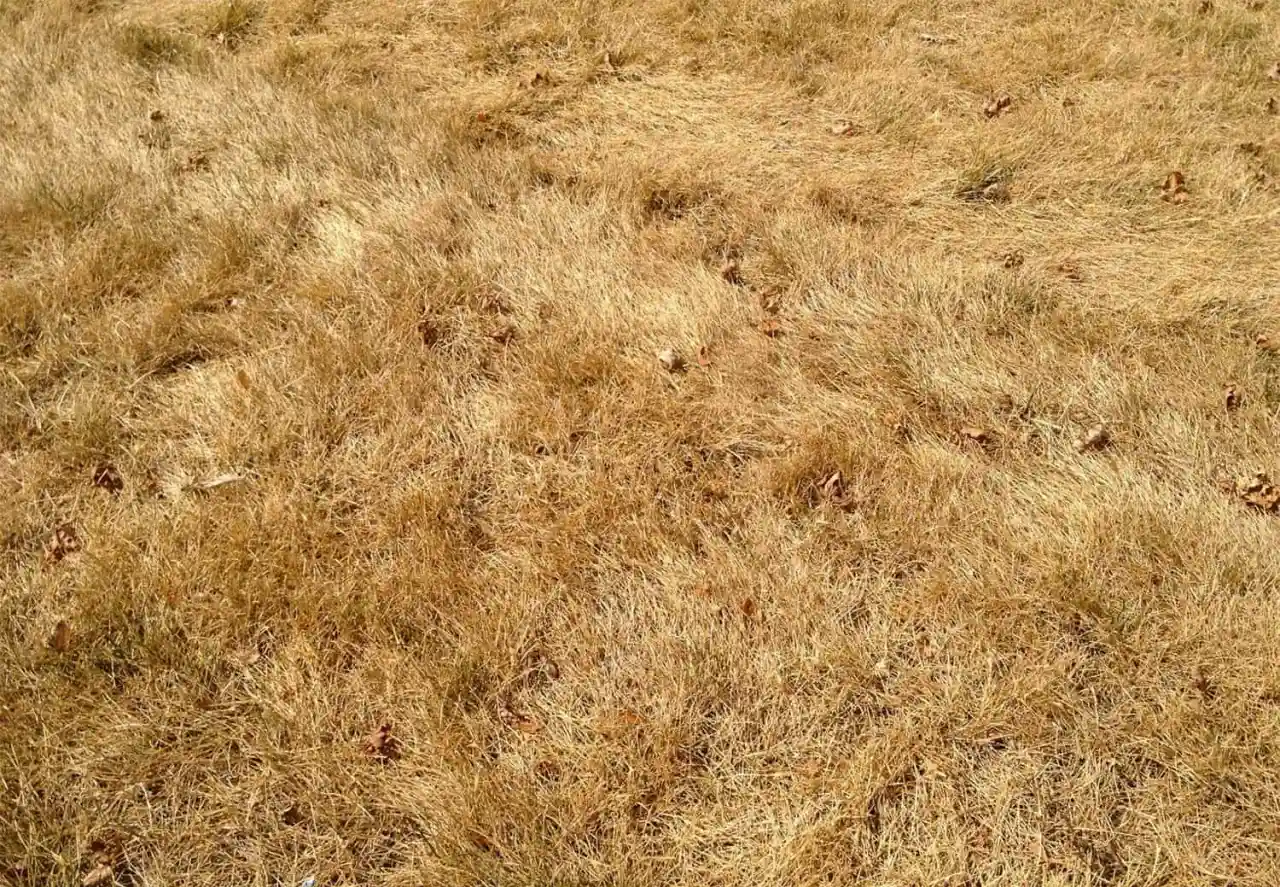
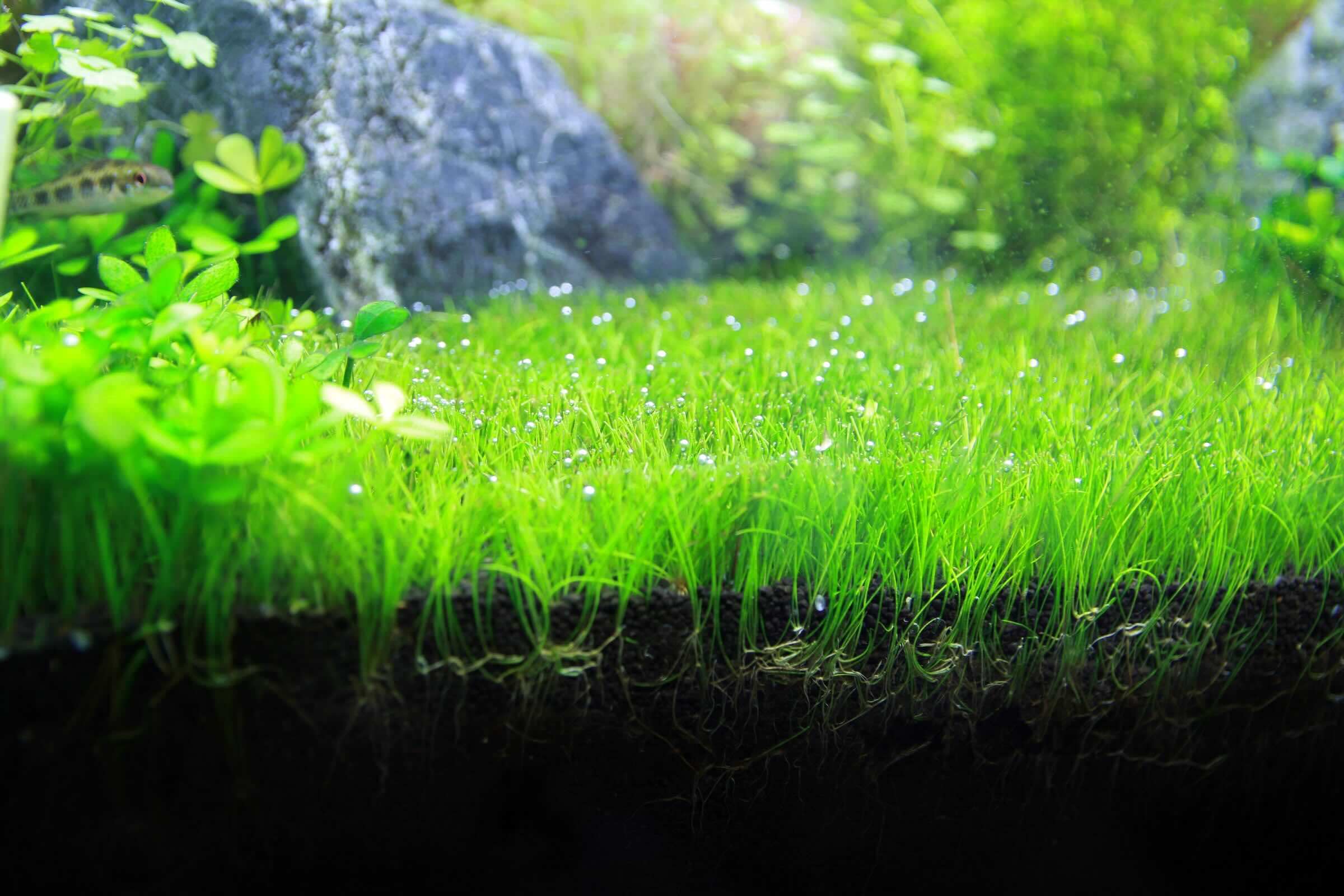




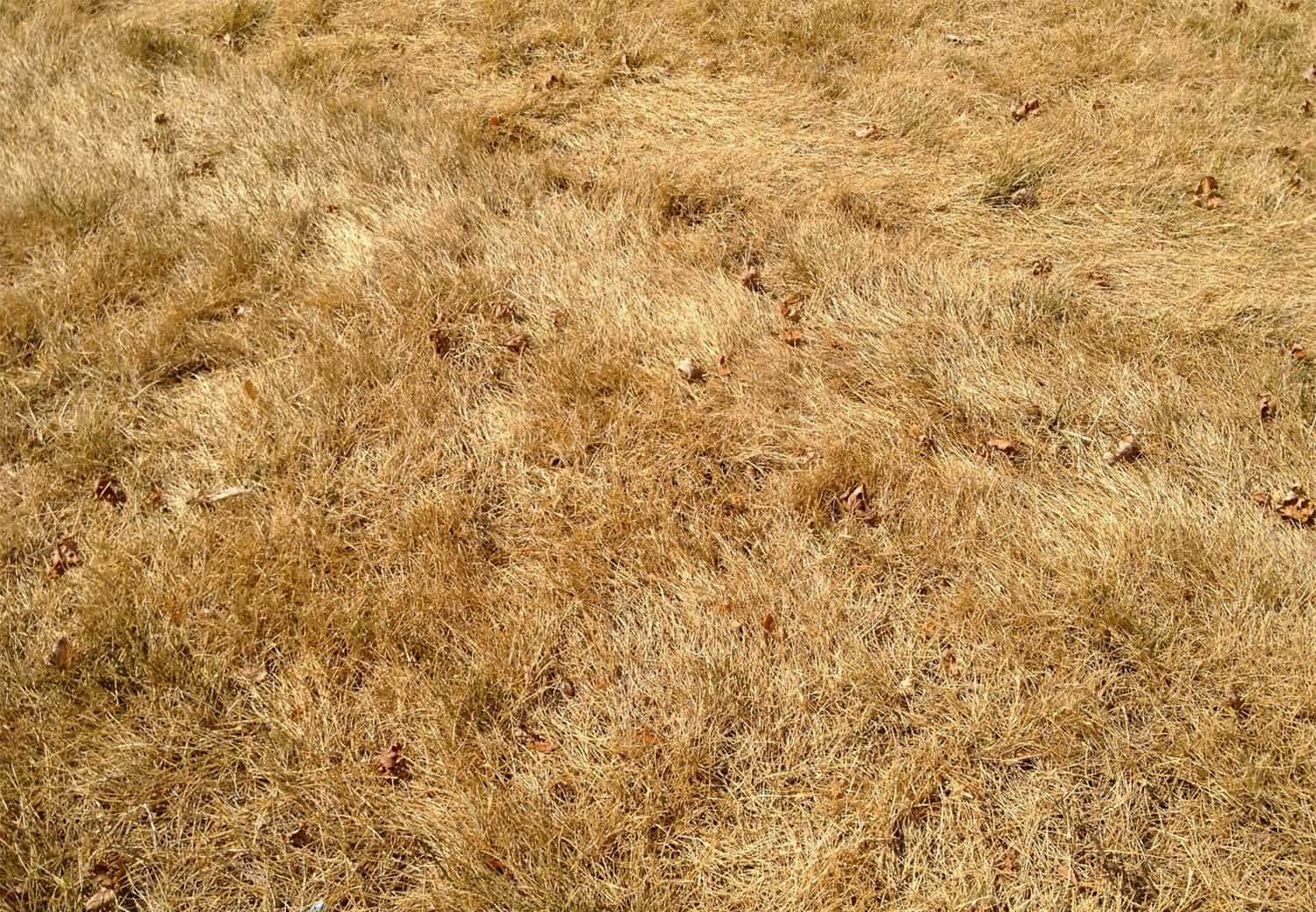
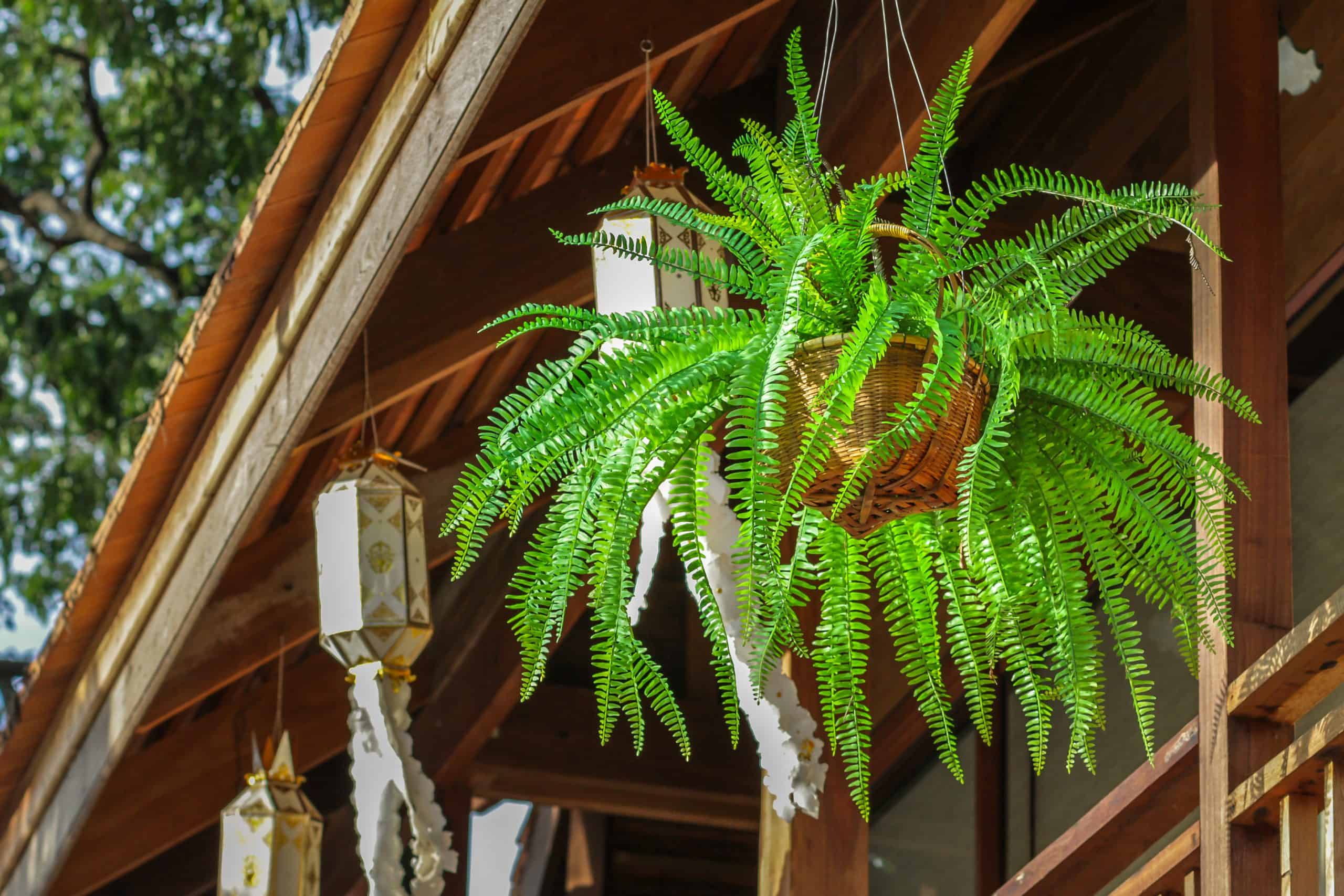
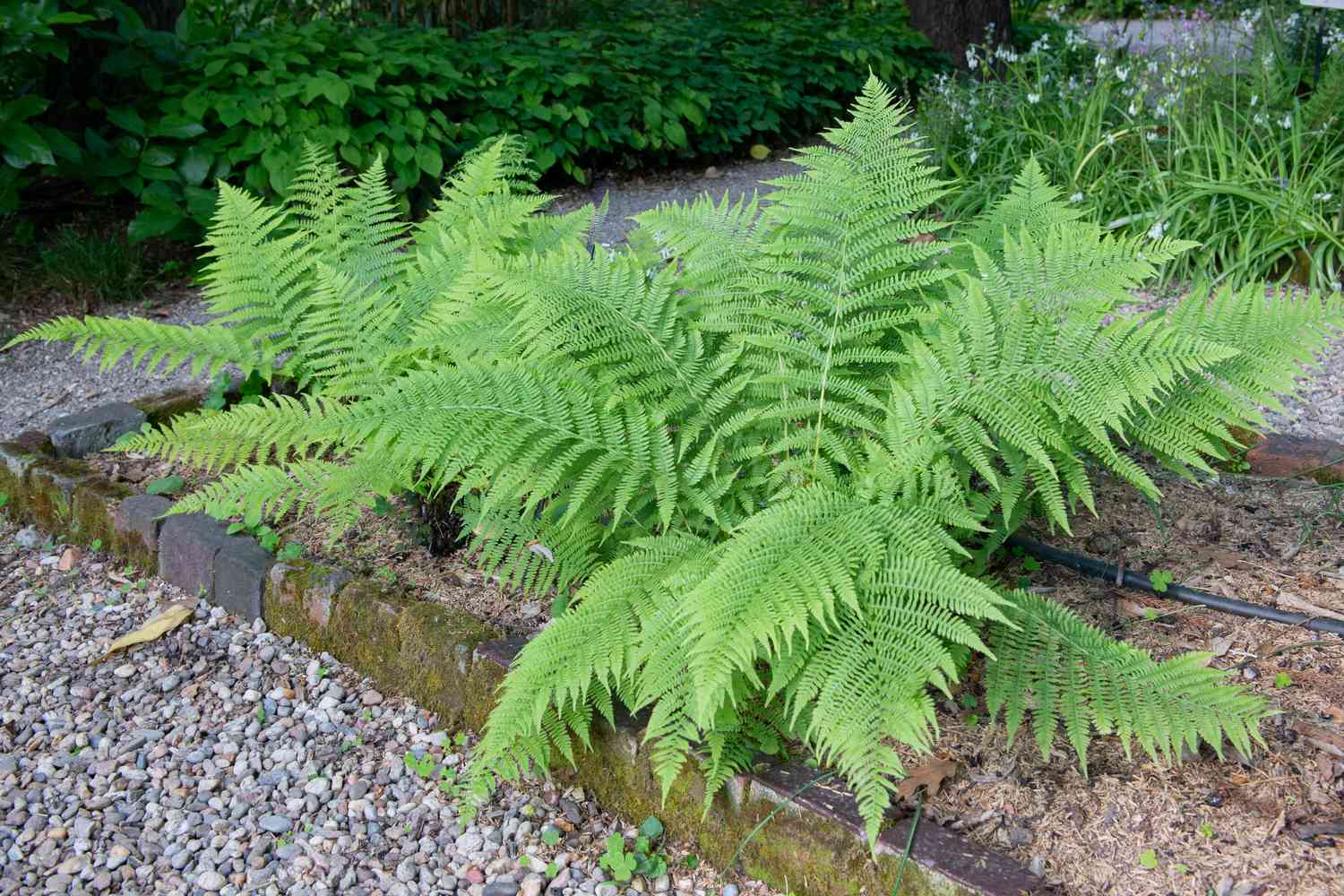
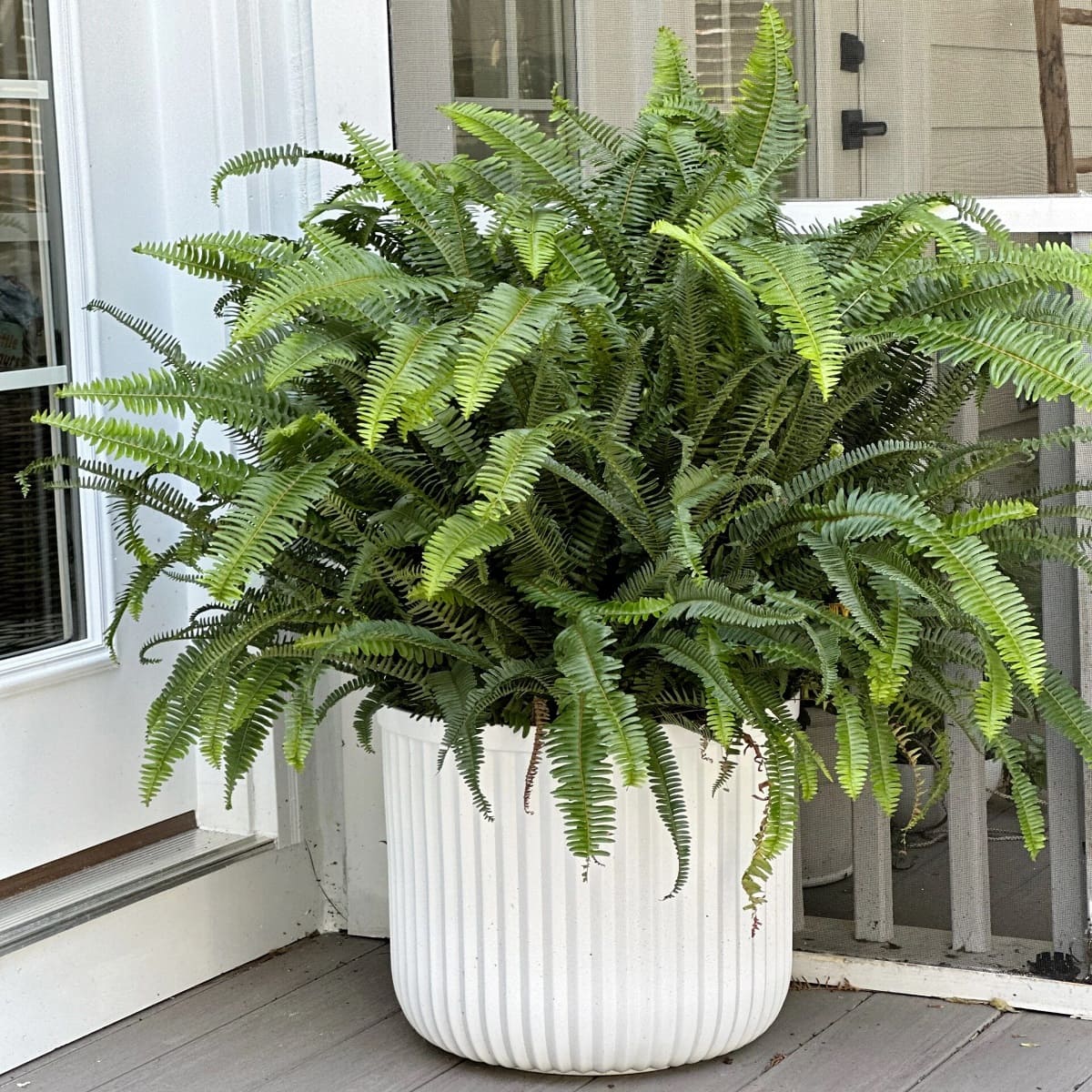


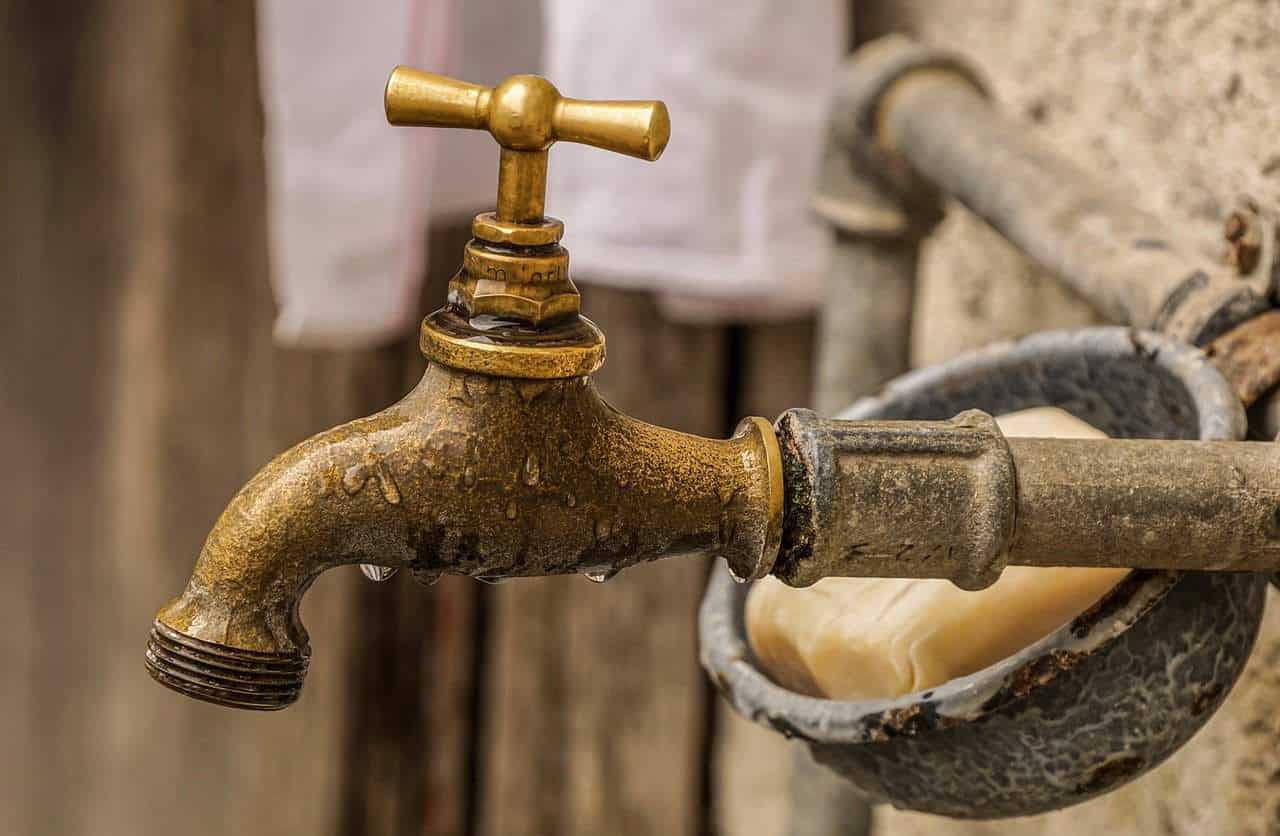

0 thoughts on “Why Are My Outdoor Ferns Turning Brown?”